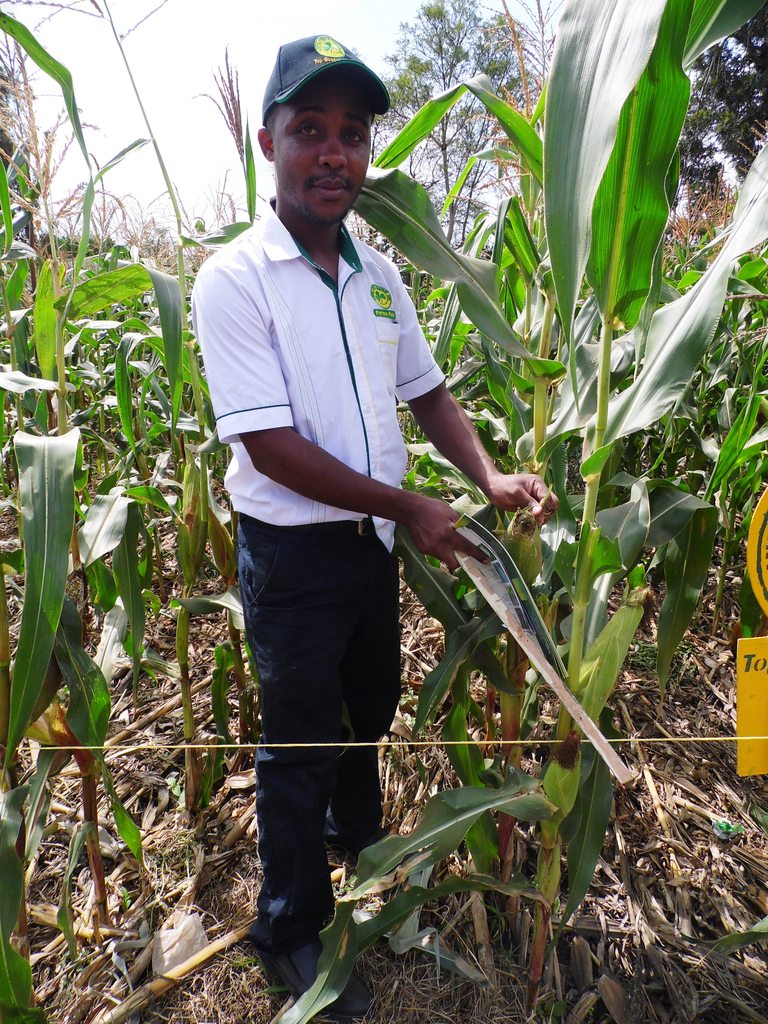Maize farmers who apply mulch in their farms can save more than Sh15,100 in production costs per acre.
“Mulching reduces disturbance of the soil as well as gradually increasing fertility with time. It entails use of dead matter such as maize stalks to recycle and conserve soil fertility and moisture in addition to smothering weeds,” said Festus Mutemi, an agribusiness officer.
A farmer requires about Sh6,000 for two rounds of tillage per acre ahead of maize planting. Planting with a single or no tillage saves a farmer Sh3,000 or Sh6,000 respectively.
Minimum tillage also reduces land disturbance, therefore, encouraging microbial activities which refine the soil texture. Active micro-organisms in the soil break down organic matter, converting it into nutrients ready for absorption by crops.
Decaying plants are rich in phosphate and potassium nutrients.
Maize stalks are some of the richest mulching materials with a possibility of returning up to 60 per cent of the total nutrient value after decaying.
Other organisms like earthworms in the soil boost air circulation besides breaking hard particles into simple components while regular tillage exposes them onto harsh conditions especially direct sunlight which may kill them.
Related content
Conservation agriculture manual launched for Muslim farmers
It is one irrigation in two months with polythene mulching
Plastic mulching technology for enhanced yields
Njuguna Mwaniki of Kenya Seed Company demonstrating how mulching is done in maize farming. Farmbiz Africa
"Practicing conservation agriculture with time reduces soil demand for replenishment of nutrients with chemical fertilisers in planting and top dressing," said Mutemi, who is attached to Machakos County Department of Agriculture.
According to the Kenya Seed Company, a farmer requires 120kg of double ammonium phosphate (DAP) for two and half acres (one hectare) of maize.
In one acre, a farmer needs 48kg of DAP during planting while 100kg of nitrogenous fertilisers like NPK are required for top dressing.
A farmer saves between Sh1,700 (on subsidy) and Sh2,300 that was to be spent on buying 50kg fertiliser.
Mulching in the maize field smothers weeds. Weeding of one acre requires at least Sh2,000 per a round. Two weeding rounds require double the amount, the officer said.
As the mulch is also rotting, it adds more organic matter to the soil, which binds the particles.
For regions where farmers require irrigation, mulch and cover crops help conserve water moisture by reducing direct heating.
“Regular tillage increases soil erosion due to lose soil. This leads to draining of top nutrient-rich soil, leaving a hard pan,” he said.
Intercropping with leguminous crops like beans abs clovers helps in nitrogen fixation.
The soil gets nitrogen from the legumes while phosphorus and potassium come from the dead decaying matter.
For two tillage rounds, a farmers saves Sh6,000 on the lowest side. Two weeding rounds save about Sh4,000. On the three 50kg fertiliser required for planting and top dressing, the farmer saves about Sh5,100.
Kenya Seed Company agronomist Njuguna Mwaniki at a maize mulching demonstration farm in Machakos County show ground

















Comments powered by CComment